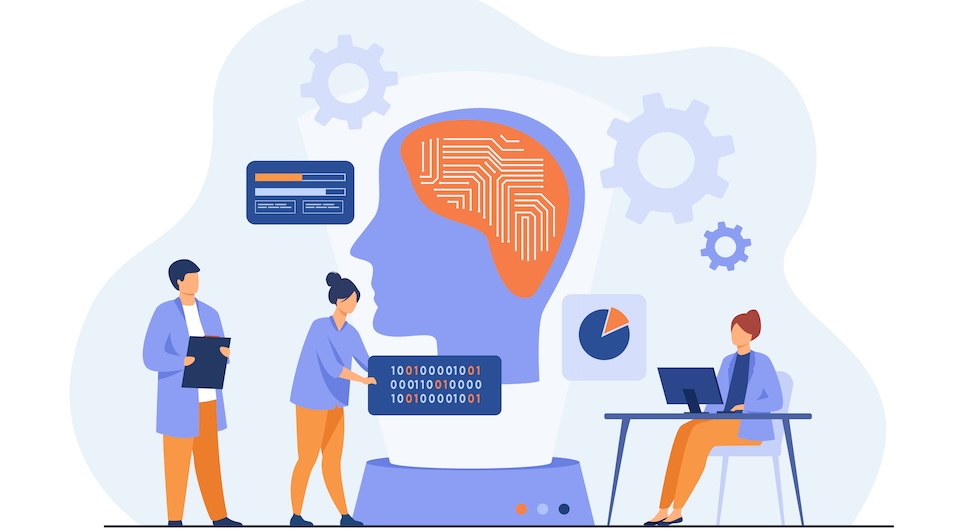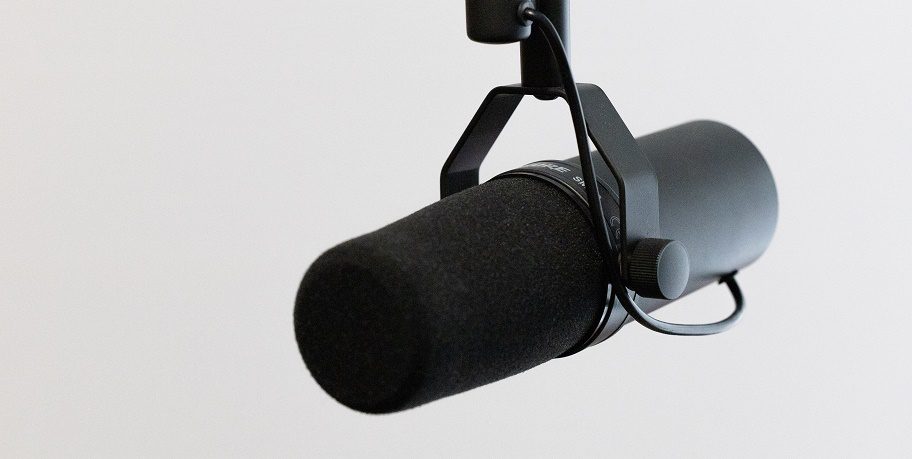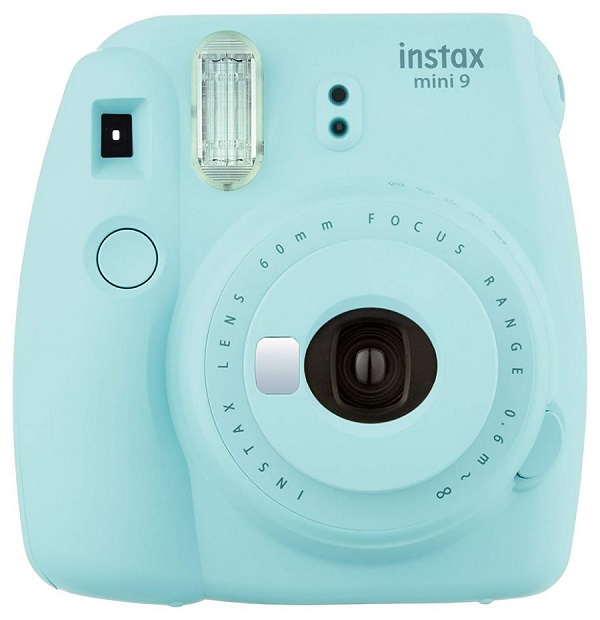ASMR films are all about relaxation and soothing sounds, which cannot be achieved in a noisy area. However, if you are unable to relocate to a calmer location, don’t fret since there are several things you can do to prevent noises from entering your ASMR recordings.
Except for one bothersome sound that can creep into your recordings, all noise comes from outside the room, and that is the computer fan.
If you use a sensitive mic, which are the most commonly used in ASMR, and are next to a computer or laptop, it will pick it up, and your recording will be less clear. It will also be tough to create a peaceful environment with that sound all of the time.
The remainder of the noise will come from the outdoors, although not necessarily from the street. Animals, such as dogs or birds, can bark or sing on their own, and if this occurs while filming a video, it will need re-recording that section and spending additional time in video editing creating edits.
If the animals are yours, you will know when it is ideal to film them, but if they come from your neighbors, you will have no control over them.
There is also a lot of noise that might emanate from the street, such as police or ambulance sirens, automobiles, and people partying.
For all of these reasons, I recommend that you prepare ahead of time where you will record, how effectively isolated that location will be, and what equipment you will employ. It would also be advantageous to have some experience with video and audio editing. It may appear difficult, but it is actually rather simple.
If you want to minimize as much noise as possible from ASMR videos, make sure to capture the audio using a mic linked to the camera or with a mic that simultaneously functions as a recorder.
Record in a room with no windows or with blankets, in the early hours of the day or at midnight. Use acoustic foam or absorption panels to reduce the room’s echo, and if you want sound isolation, consider covering the room’s walls with soundproof vinyl.
Sound Isolation
Even though you have no control over your surroundings, you do have power over the sound that enters your room.
There are many things that might generate undesirable noises, like the sound of your voice being reflected on the walls, but for every potential problem, there is a solution, and for every form of noise, there is a means to deal with it:
Reducing echo
When a sound meets a surface, such as the walls of your room, it is reflected, causing distortion and noise.
Sometimes echo is a good feature that adds flavor to music; for example, when people sing in churches or cathedrals, it makes a larger sound, which some people find more attractive.
ASMR is often soft-spoken, whispered, or quiet sounds and the echo created in a room can distort that sound, which may be distracting, as well as making the overall sound we are getting from tapping, for example, sound terrible.
You will need to place foam panels in the walls to eliminate all echoes from your room, but it is also beneficial to have some furniture to lessen echo; think about any time you have been in an empty room, there is always a lot of echoes.
Foam panels operate by reflecting sound to infinity in the small pyramids they have. There are numerous forms, but they all perform the same thing, which is to reduce echo.
However, there is another method of minimizing echo, which is to absorb it into a particular surface, which is accomplished by absorption panels.
Personally, I think foam panels look prettier and are less expensive, but they both accomplish the same objective. The only thing to keep in mind is to have some kind of panel on every wall if the walls are vacant or if you don’t have any furniture.
Blocking outside sound
A widespread misconception is that foam panels and absorption panels would separate the room from outside noise or that sound from the room will not be heard outside of the room.
However, foam panels and absorption panels merely decrease echo; to increase sound blocking and isolation, you must work on the room’s walls.
Walls often contain many layers, and the thickness of those layers, as well as the material of each layer, will provide more or less sound isolation. As a result, the only method to isolate a room is to add more layers to its walls or to construct another room.
The layers that are commonly added are composed of heavy-density materials, but the ones that provide the best sound isolation are glass and concrete, and adding glass or concrete layers requires a major renovation, but there is another option.
You can acquire soundproofing vinyl and tape it to the walls; it won’t lower the sound as much as adding massive layers, but the wonderful thing about soundproofing vinyl is that it can make a difference and isn’t as expensive; it also doesn’t require installation; you simply apply it using staples or screws.
The layers that are commonly added are composed of heavy-density materials, but the ones that provide the best sound isolation are glass and concrete, and adding glass or concrete layers requires a major renovation, but there is another option.
You can acquire soundproofing vinyl and tape it to the walls; it won’t lower the sound as much as adding massive layers, but the wonderful thing about soundproofing vinyl is that it can make a difference and isn’t as expensive; it also doesn’t require installation; you simply apply it using staples or screws.
Another consideration is the room’s location. A basement room will be better than any other since the dirt surrounding it will filter the sound, functioning as an additional layer.
Reducing noises
Sometimes all the noise emanates from one location, and we may respond straight there. I’ll offer some suggestions for dealing with these specific issues:
- To prevent the sound of the fan, record with the camera and a microphone that also serves as a recorder, or attach the microphone to the camera.
- If you don’t have a microphone that can be connected to your camera, try cleaning the fan, using a desktop pc over a laptop as desktops usually make less noise, using just the DAW or recording software you need and closing the rest of the programmes in your pc while recording, and placing the mic as far away from the pc as possible.
- Make sure your smartphone’s sound is switched off or in vibration mode since you don’t want that to show up in your video, which would need extra edits later.
- Get a pop filter for your microphone, or if you’re in a hurry, use a sock to reduce a noise created when you make noises that begin with the letter “p,” known as plosives.
- If you use a highly sensitive mic, I recommend merely whispering or making quiet noises near it, but if you are going to chat or create louder sounds, such as a soft-spoken video, go away from the mic since it will seem too loud and can even cause clipping, which can cause sound distortion. Also, if your microphone has a gain knob, make sure to adjust it to match the noises you’ll be making for the video.
Post-production
After you’ve finished filming, it’s time to make cuts and edit the video to take it to the next level, which includes removing any background noise and echo that may have been present throughout the recording.
Background noise can be removed using many programs and approaches, however, echo can only be removed with specialist software.
How to reduce noise using a DAW
A DAW is a piece of music production software that may also be used for audio editing. The advantage of DAWs over standard audio editing software is that you can load other applications inside the DAW.
There are various applications that can be loaded into a DAW that has a denoise feature that eliminates background noise, but most DAWs come with programs that also have this purpose. For example, I use fl studio, and it contains a plugin called Edison that has this function.
All de-noise applications operate in the same manner. You record a portion with only background noise to obtain the noise profile, and it then removes that background noise from the recording.
DAWs also allows you to apply effects to your recordings, such as reverb or delay.
Specific programs to reduce noise
In the case of de-noise, you may use Audacity, which is a free audio editing program, but if you also want to remove echo, you’ll need a plugin called IzotopeRX7, which is an expensive plugin but the only one capable of removing echo.
Tips for recording
Now I’ll discuss some strategies for keeping your ASMR videos noise-free.
Location
The finest room in the home would be the basement with no windows, but any room with no windows will suffice.
If you have no choice but to record in a room with windows, you may hear noise from the street or from neighbors, so cover the windows with blankets or use curtains if you have them. There are also soundproof drapes available for this purpose.
When to record
Another key consideration is to choose the optimal time of day to film the videos because people are more active at various times of the day.
The greatest time of day to film the videos is early in the morning, such as 6 a.m., or at midnight, 22 p.m., and the best day of the week, if you live in a city, is Sundays since there are fewer cars on the road.
Which mic should you use
There are various types of mics for ASMR; some are overly sensitive and pick up on ambient sound, requiring you to pay close attention to what you do and what is going on around you, whereas others do not pick up on ambient sound and you don’t have to worry about moving or what is going on around you, as the mic will only pick up what is close to it.
Omnidirectional microphones gather up sound from everywhere over the room, therefore they tend to pick up more noise, whereas unidirectional microphones only pick up sound when you are directly in front of them.
Guide on best microphones for ASMR: Cuzgeek.com

















Add Comment